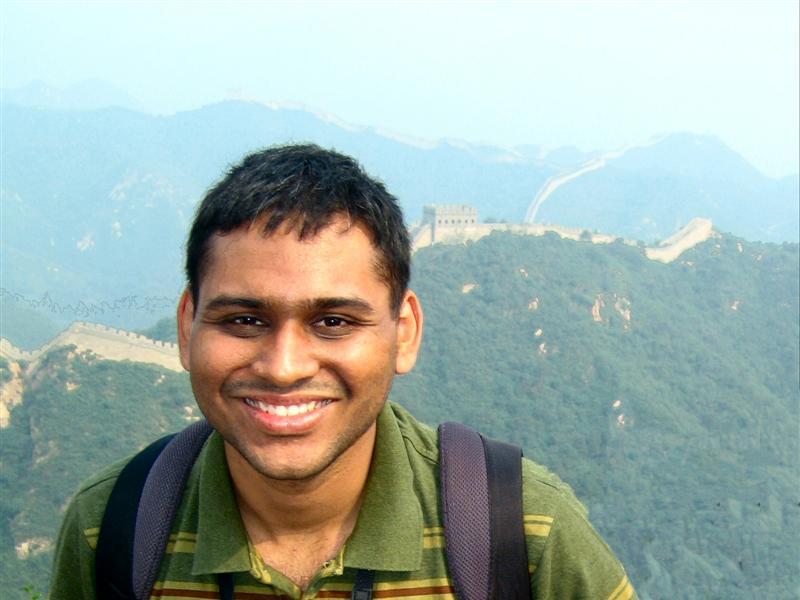
Mechanical engineer focuses research on speeding up simulations for biomedical applications
Growing up, Adarsh Krishnamurthy had a fascination for cars that later inspired him to pursue engineering as a career. However, he also had an affinity for computer science, thanks in part to his older brother, who earned degrees in the field.
Krishnamurthy found a way to combine these interests during his undergraduate studies at the Indian Institute of Technology (IIT) in Madras, majoring in mechanical engineering with an emphasis on non-destructive testing and computational modeling.
He received his bachelor’s and master’s in product design at IIT in 2005. While studying for his master’s, Krishnamurthy developed simulation methods for a nondestructive testing technique called ultrasonic testing. The technique involved sending sound waves through a material that reflected back and indicated whether it had any defects. In the process of developing techniques for modeling the objects to be tested, Krishnamurthy says he became interested in solid modeling, specifically using computer-aided design (CAD).
When he applied to the University of California in Berkeley for his Ph.D., he decided to study mechanical engineering with an emphasis in CAD. Krishnamurthy used graphic process units (GPU) to speed up simulations under his Ph.D. advisor, Sara McMains, who pioneered the use of GPUs for mechanical engineering applications.
After receiving his Ph.D., Krishnamurthy moved to San Diego to perform postdoc research in bioengineering at the University of California, San Diego, focusing on using CAD for biological cardiac modeling with a technique called finite element analysis (FEA). FEA uses geometry to simulate objects that deform, such as a beating heart.
The biological cardiac modeling research studied heart patients with a left bundle branch block. The patients’ hearts did not contract synchronously, causing it to pump less blood. Traditionally, pacemakers are installed to send a stimulating electric current to synchronize the contractions. Unfortunately, the technique only works in 60% of patients.
Using computational modeling, Krishnapurthy’s postdoc research focused on discovering why patients have positive or negative reactions to pacemakers. Part of his research developed new metrics that can be used to classify responders of the therapy using baseline data from simulations. The simulations took some time to develop, as a single beat of the simulations took about 8 hours to simulate on a supercomputer. He had to do at least 10 beats, taking about 3-4 days to finish one simulation.
Krishnamurthy and his mentor were one of few researchers to use higher order of finite element. Now at Iowa State, Krishnamurthy is continuing to study the use of GPUs in FEA simulations. “If I could speed up the process by 40-50 times using GPUs, I could generate one beat in about 10 minutes,” he said.
Currently, the process takes about two weeks, but Krishnamurthy hopes GPUs will allow medical physicians to generate simulations of their patients’ hearts within a day. This will help doctors to determine the best place to insert a pacemaker in the heart. Krishnamurthy believes his research will one day enable medical physicians to design pacemakers that work for 100% of patients.
